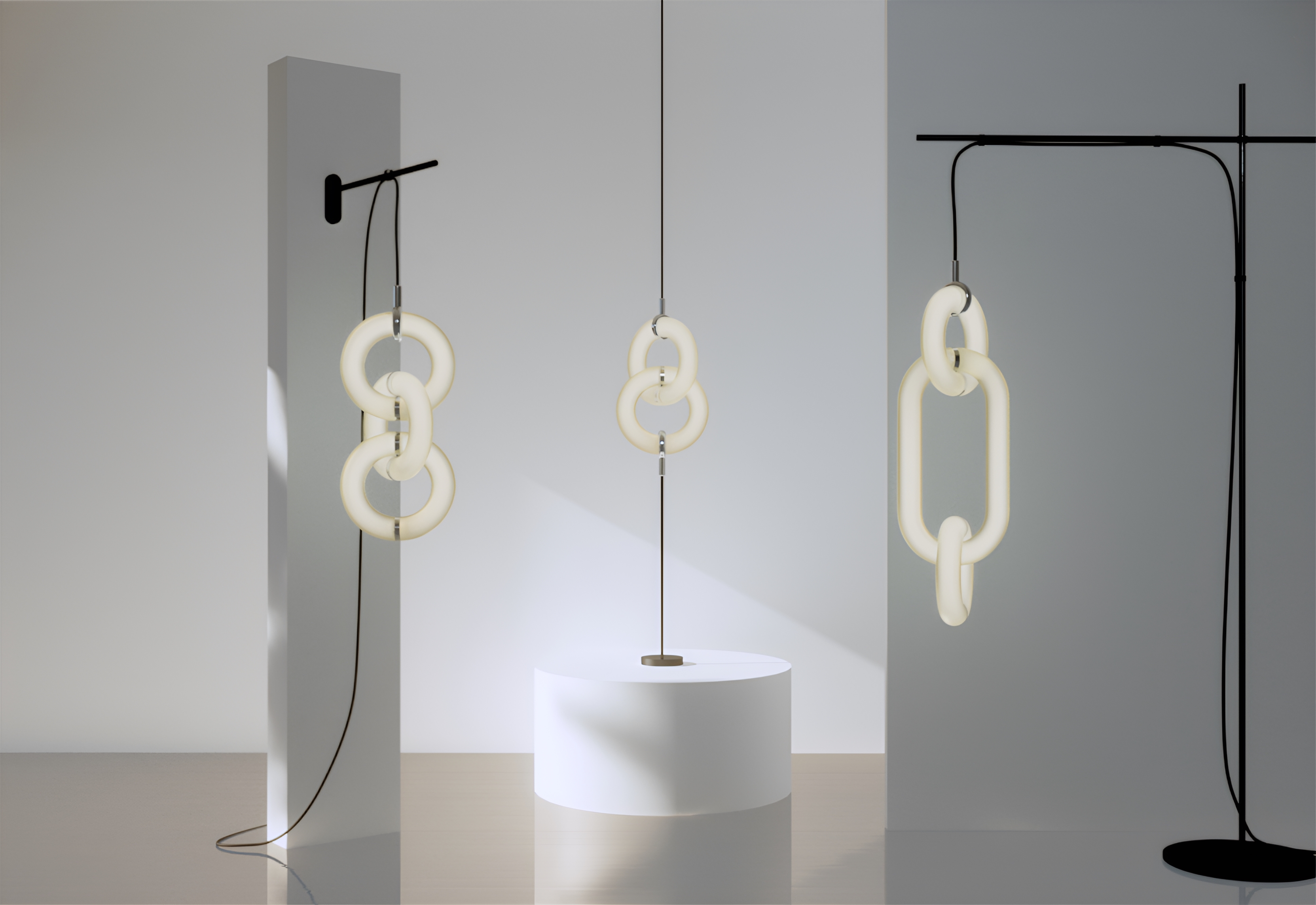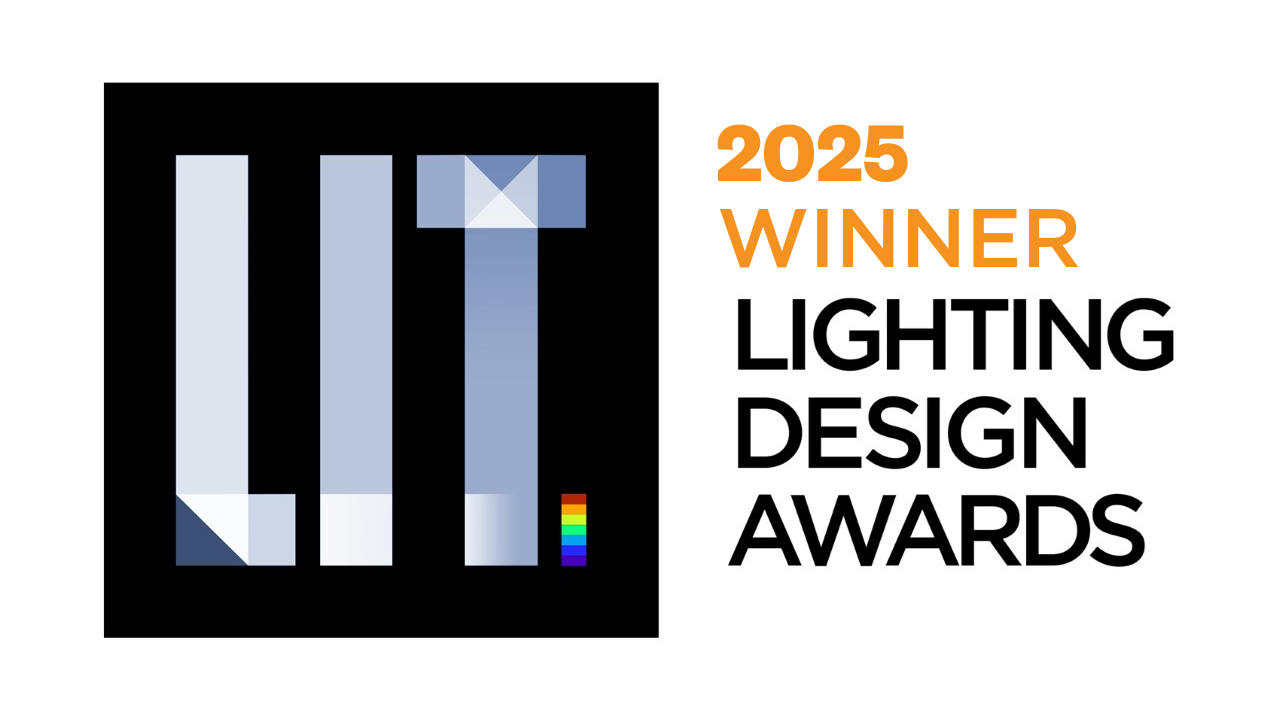Prize(s) Winners in Designer/Custom Lighting
University / School Name Hochschule Für Technik Und Wirtschaft Berlin
Lead Designers Gwendoline Loulé
Completion Date June 2025
Project Location Berlin
Entry DescriptionGLOO is a lighting system designed to evolve with its user and environment, based on a modular structure that allows continuous transformation. At its heart lies a simple yet versatile structure: a central Power Ring that connects to electricity, and modular Light Rings that attach magnetically, creating a seamless flow of energy without visible wiring. Each Light Ring consists of two halves that switch ON when joined and OFF when separated.
Each Light Ring is composed of a glass outer shell available in different colors and finishes, and an inner diffuser tube in either “Transchrome”, which shifts from metallic reflective to transparent when illuminated, or “Translucent-diffusive” for a softer glow.
GLOO’s modular nature allows it to adapt across scales and settings. It can expand in length, shift in form, and be mounted in multiple ways: suspended as a pendant, fixed to a wall, stretched floor-to-ceiling, or positioned on a stand. Users are free to reconfigure their lamp over time, adding or rearranging rings without replacing the whole system. This sense of playfulness is intrinsic to its identity: light becomes dynamic, and personal, inviting ongoing interaction.
The name GLOO encapsulates its essence, merging the idea of glow with the double “O” evoking both the shape of the light rings and the symbol for infinity. A nod to the endless possibilities GLOO has to offer.
Sustainability ApproachGLOO embraces sustainability through a resilient approach to change, guided by the belief that design should respond rather than resist. Its circular logic is embedded in the way each element is conceived: all parts are modular, replaceable, and recyclable, ensuring that damage to one component never compromises the whole. It is designed for long-term use instead of obsolescence, with every piece easy to take apart for repair, recycling, or repurposing.
The lamps would be produced from glass prioritized in its recycled form, reducing dependence on raw material extraction and embedding resource-consciousness into the very fabric of the object. The colors of the glass are not predetermined but instead shaped by availability, meaning each production batch carries a unique identity directly linked to material sourcing.


